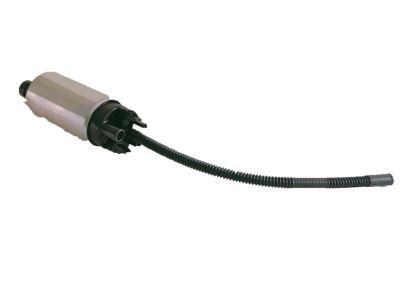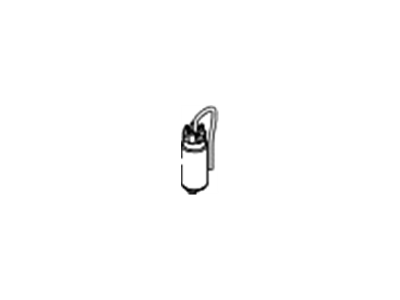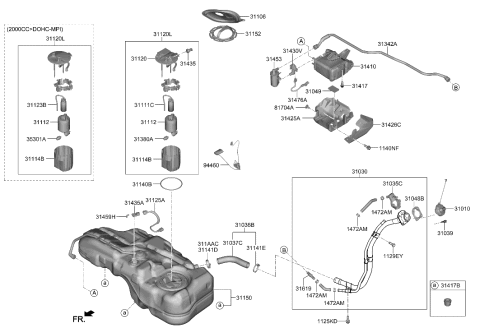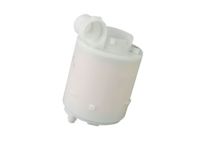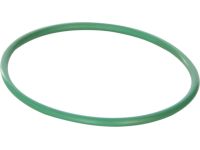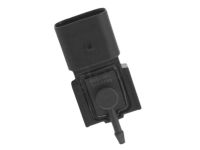Select the OEM Part #31119-C9000 Fuel Pump & Tube Assembly. It can be referred to as Fuel Pump, Fuel Sending Unit. This part is compatible with 2018-2022 Accent, 2016-2020 Elantra, 2018-2023 Kona. Premium OEM quality parts improve performance and extend the life of your vehicle. They undergo strict quality checks and are built to Hyundai's factory specifications for proper installation.
HyundaiPartsDeal.com is a top provider of genuine Hyundai components and accessories. Looking for budget-friendly Hyundai OEM parts? Your search ends here with our wide range of genuine Hyundai products. Our economically priced parts come with the manufacturer's warranty to make sure you get your money's worth. Experience a smooth shopping journey with our fast delivery and easy return policy.


